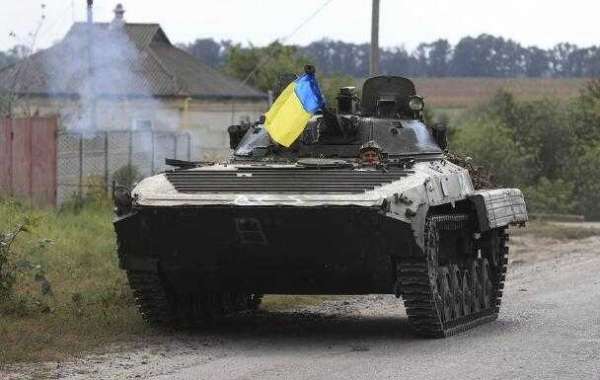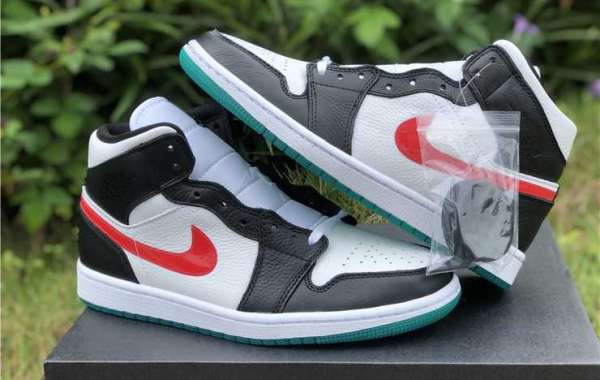The Kremlin’s war council on Monday briefed President Vladimir Putin, Russia’s “supreme commander in chief,” about the dramatic events taking place in Ukraine over the last day to include reports that forces loyal to Kyiv on two fronts had repelled Russian forces and retaken key territory.
What Ukraine and its Western backers broadly touted as a “retreat” was referred to only as a “regrouping” by Russian officials describing the meeting with top military aides in an attempt to downplay the significance of the latest battlefield reports – though tacitly acknowledging Ukrainian troops were indeed gaining territory.When asked for a reaction to the withdrawals, Putin’s spokesman demurred.
“The president is in constant, one might say ‘round-the-clock, communication with the minister of defense and with all military leaders,” Dmitry Peskov told reporters early Monday, according to a translation of his remarks. “The special military operation continues and will continue until all the goals that were originally set are achieved.”He declined to comment on assertions from the Ukrainian government that the Russian military commander of the headquarters overseeing operations was fired from his post having assumed that role only in August after Putin purged several of his top generals.
The latest realities on the ground portend a troubling series of events for Russia more than six months after it began an invasion of Ukraine it expected would end in a rout within days.
“The Russian military was riven with all kinds of weaknesses that were not apparent to the leadership and probably should have been, and we saw a lot of those weaknesses play out in the initial objective of seizing Kyiv and overthrowing the government,” a senior defense official told reporters at the Pentagon on Monday afternoon on the condition of anonymity. “In that sense, it was just a matter of time before the fundamental resources began to have their impact on the Russian operations in the east, where they thought they had an advantage.”
“But a lot of the key elements of a strong defense are the capabilities of your soldiers, the capabilities of logistics and command. And we’ve seen fractures in all those elements, and they played out in many places over time in the east,” the official said.
The official would not describe the extent to which the U.S. government helped Ukraine plan its current offensives.
“We’re in close contact and conversation with the Ukrainian military, and they have multiple options. We certainly provide them with information on conditions, but in the end this is a Ukrainian choice,” the official said. “The Ukrainian military, the Ukrainian political leadership make the decision on how to conduct this counteroffensive.”A senior U.S. military official likewise said the Western-supplied military equipment, including from the U.S., has forced Moscow to make difficult decisions about how to disperse their limited battlefield resources: “Given the challenges they have from a sustainment and logistics standpoint, as well as a command and control standpoint, it’s a very hard problem to solve.”
Ukraine has opened up what it refers to as counteroffensives on two simultaneous fronts, one in the north around Kharkiv, Ukraine’s second-largest city, and another in the south on territory northwest of the Dnipro River and bordering on the Crimean Peninsula, Russia’s critically strategic stronghold it first annexed in 2014.
Analysts had previously considered the latter a possible feint to cover for the first, though dramatic gains in both indicate they are each genuine, planned offensives, with troops loyal to Ukraine severing Russian supply lines and overrunning their positions – leading to several public reports of troops loyal to Moscow seen dropping their rifles and fleeing on foot or attempting to blend in to the local population.“Ukraine has turned the tide of this war in its favor,” concluded the Institute for the Study of War in a regular battlefield analysis note it published late Sunday. “Kyiv will likely increasingly dictate the location and nature of the major fighting, and Russia will find itself increasingly responding inadequately to growing Ukrainian physical and psychological pressure in successive military campaigns unless Moscow finds some way to regain the initiative.”
The latest moves do not, however, spell the beginning of the end of the war, despite guarded yet optimistic assessments from the government of Ukrainian President Volodymyr Zelenskyy.
The institute noted that Russia will settle back along new contact lines and entrench, perhaps even conducting localized counterattacks, requiring “likely several” new offensives from Ukraine to complete the liberation of Russian-held territory. “The war remains likely to stretch into 2023.”
Among the more significant gains Ukraine mounted in the last few days centered on the city of Izyum in the Donbas, the region of eastern Ukraine where Russia has engaged in and supported violent separatist movements since 2014. Moscow had redirected its attention in that region after failing – largely of its own making – to advance on Kyiv in the weeks after it invaded on Feb. 24.
“The Ukrainian recapture of Izyum ended the prospect that Russia could accomplish its stated objectives in Donetsk Oblast,” the institute concluded, citing one of the two oblasts composing the Donbas. “The loss of Izyum dooms the initial Russian campaign plan for this phase of the war.”
It added that Russia’s ability to advance toward other strong points in the region “cannot be decisive (if they occur at all).”
Likewise in the south, other Western assessments indicate Ukraine has broken through Russian front lines and limited Moscow’s ability to move reserve forces – if they exist there – to support retreating troops. The moves give Ukraine an edge on using the advanced Western-supplied weaponry, namely satellite guided long-range HIMARS rockets, to target logistics depots and other Russian military hubs on the Crimean Peninsula.
“Since Wednesday, Ukraine has recaptured territory at least twice the size of Greater London,” British military intelligence concluded in an assessment posted Monday morning. “An improvised floating bridge Russia started over two weeks ago remains incomplete; Ukrainian long-range artillery is now probably hitting crossings of the Dnipro so frequently that Russia cannot carry out repairs to damaged road bridges.”
“The rapid Ukrainian successes have significant implications for Russia’s overall operational design,” it added. “The majority of the force in Ukraine is highly likely being forced to prioritize emergency defensive actions. The already limited trust deployed troops have in Russia’s senior military leadership is likely to deteriorate further.”
Adidas Yeezy Boost, NFL Jerseys for Cheap, Baltimore Ravens Jersey, San Francisco 49ers Jersey, Boston Red Sox Jersey














